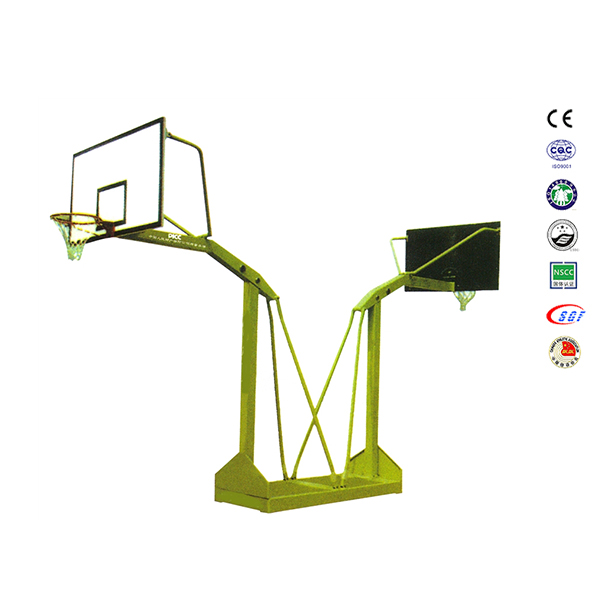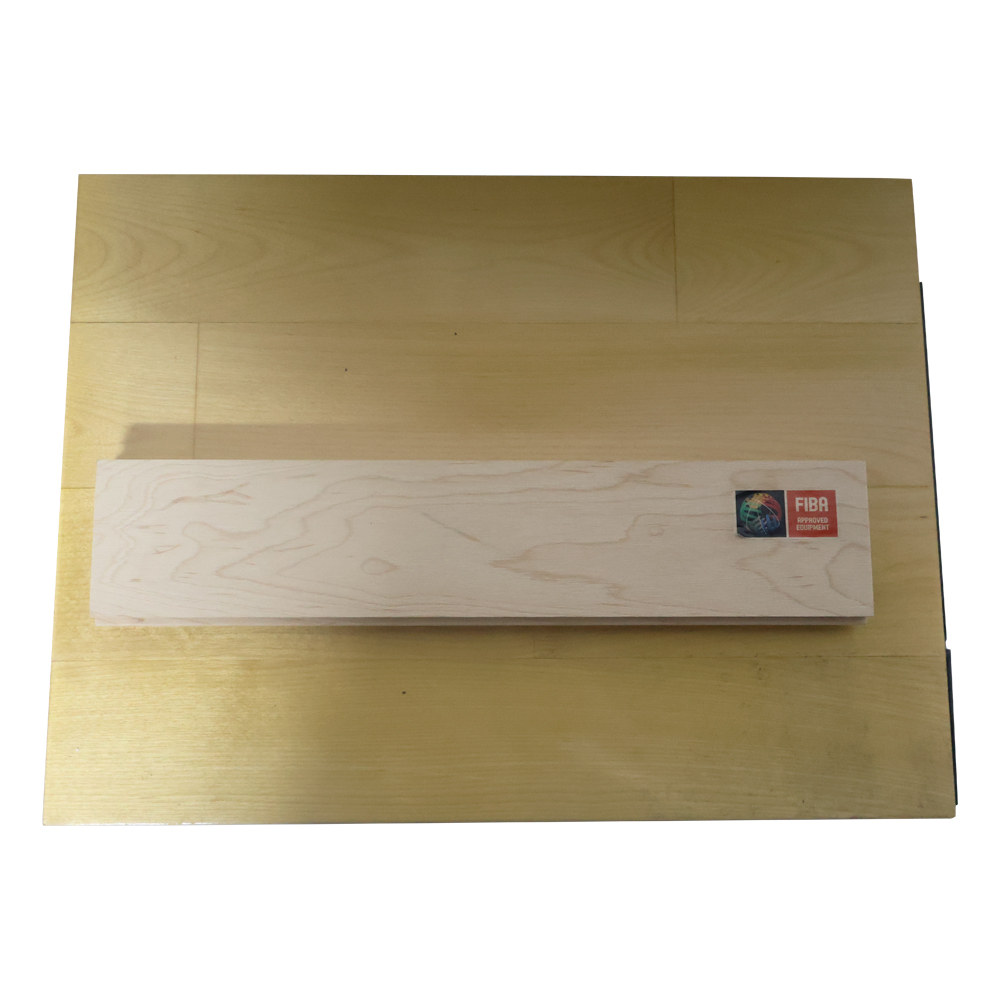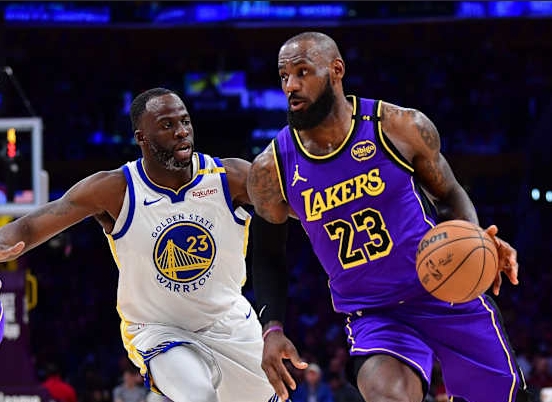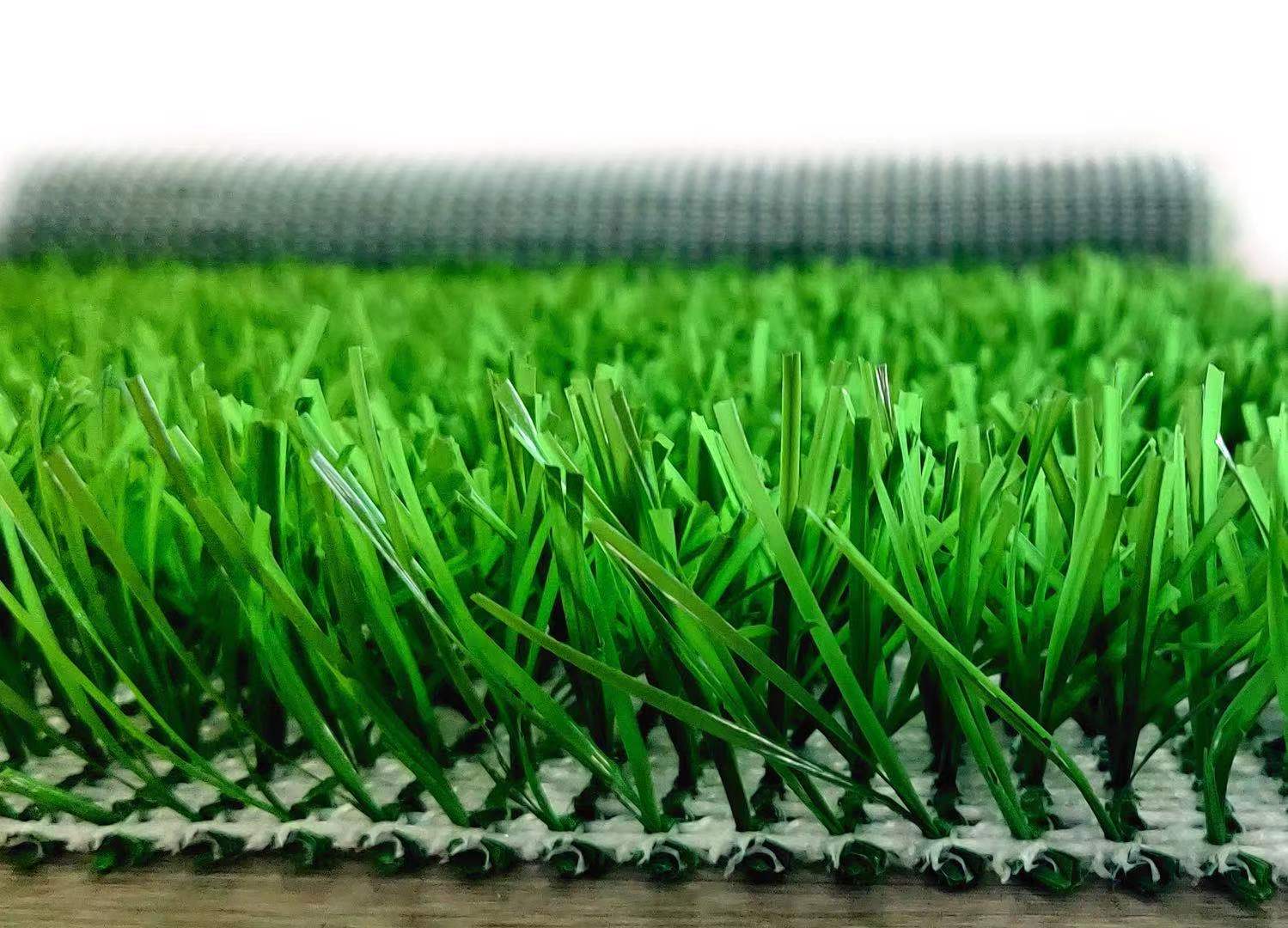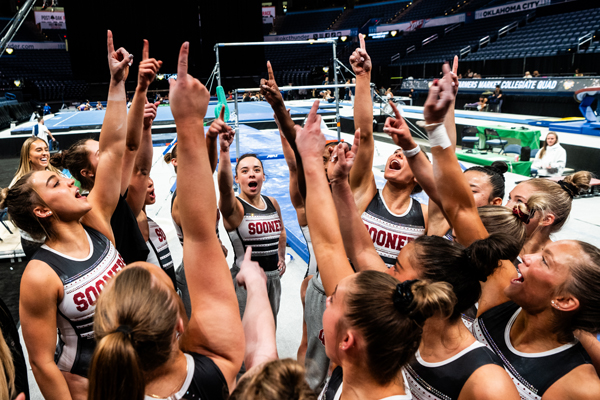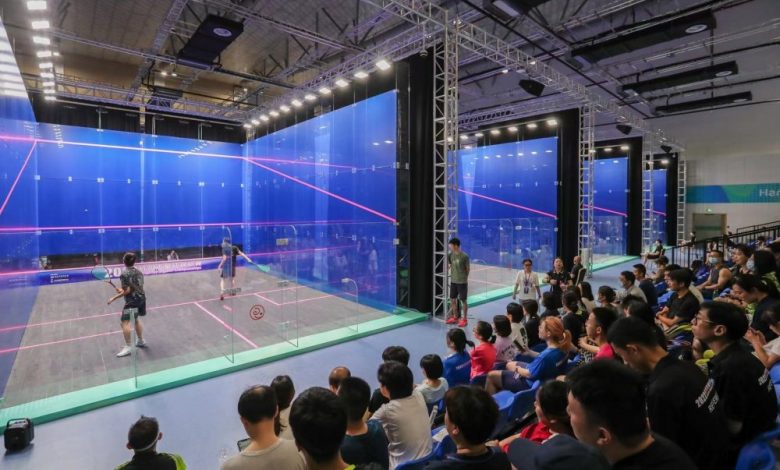Product
Best glass squash court standard size
Basic Info
Squash is from the early 19th century London prison inmates have nothing to do against the wall to hit to exercise and regulate the atmosphere of prison life development, and later in the United Kingdom to train the descendants of the royal family of the Harrow Public School was improved. In the 20th century, squash was widely popularized, the techniques and tactics were innovated, and the International Squash Federation (ISF), the world's authoritative governing body for squash, was formally established. 1998, squash was listed as an official event in the Bangkok Asian Games.
The highest organization in the world of squash is the World Squash Federation (WSF), which was established in 1967 and is responsible for managing the development of squash throughout the world.

Customized high quality squash court
Squash originated in the 19th century in the "Fleet Prison" in England. At that time, in order to exercise and pass the time, but also because the prisoners in the cell to meet the human nature of the need to play, so they played a kind of small ball hit against the wall of the sport, which is said to be the origin of squash. The British Harlem Royal Public Schools improved it and developed it into a "noble sport" that reflected the elegant temperament of the upper class. At that time, some schools were unable to satisfy the students' desire to play tennis due to the small space, so they erected several walls on the playground for the students to play tennis against.
In 1864, the first court dedicated to playing squash was built in Harrow, which also became the symbol of the official creation of squash.
At the end of the 19th century, squash spread rapidly around the world. However, early squash courts were subject to geographical restrictions and specifications could not be standardized, so several different versions appeared around the world, especially in North America, where the differences in the derived courts were the greatest.
In 1920, the combination of tennis and indoor handball gave birth to the predecessor of modern squash - racketball. The inventor of racquetball was Risky of the University of Michigan.
In 1922, the "Laflamme Memorial Prize" tournament was held, which was the first international squash tournament.
In 1940, racquetball developed rapidly in places where there were handball courts.
In 1952, the U.S. Racketball Association was founded, during which time racketball courts and rules were established.
In 1961, the first National Racquetball League was held in the United States.
In 1968, the first National Racketball Championship was held at Milwaukee Lane. During the tournament, it was felt that there was a need for an organization to develop the sport. The International Racquetball Association (IRA) was born, with the President of the United States Handball Association (USHA), Kandeh Chin, serving as the first IRA President.
In 1969, the IHSA hosted the first National Squash Championships in St. Louis, which was won by Fennel Hollesen of San Diego, California.
In 1970, Fran from St. Louis won the first Women's National Squash Championship. Men's and women's tournaments were included in the official competition. In the next 30 years, squash quickly became a global sport.
In 1998, squash was included in the official program of the Bangkok Asian Games.
In 2022, squash was selected as an official sport for the 2028 Olympic Games in Los Angeles.
Playing surfaces
In the early days, squash courts were not standardized due to geographical constraints, and several different versions emerged, with the North American-derived courts being the most varied. After 12 years of discussion (1911-1923), a court built in the early 1900s and located within the Bath Club in London was chosen as the standard court.
The squash court is an enclosed indoor rectangular space, 9,750 mm long and 6,400 mm wide, with a front wall of 4,570 mm high and a back wall of 2,130 mm high, with a clear height of not less than 5,600 mm; it is divided into front and back courts, with the back court divided into left and right halves.
The squash court wall material consists of a special formula for a special squash court resin matrix synthetic gray material that can withstand strong pressure and friction.

Equipment
Balls
Squash balls are classified according to their elasticity as blue, red, white and yellow. The yellow dot ball is the standard match ball, while the others are suitable for beginners or for informal, slow-paced matches and practice, as well as on courts with cooler room temperatures. The squash ball is smaller than a tennis ball and is a hollow ball with a rubberized surface. The squash ball is filled with an inert gas, which expands due to friction and heat when the ball is hit, and travels at speeds of up to 150 mph. The ball is usually black in color, but the ball used for competition in transparent courts is white. The speed of the ball is indicated by colored dots printed on the surface of the ball. Yellow dots represent very slow, red dots represent medium speed; blue dots represent fast. Fast balls are more elastic; slow balls are less elastic. For novices, it is easier to hit with a blue dot ball because the higher bounce gives you more time to catch it. The red dot ball has less bounce than the blue dot ball but is also suitable for beginners; the white dot ball is for players who have the correct technique but lack enough power to hit the ball towards the back wall. All balls used in official matches are yellow penalty balls. The specifications for a standard yellow penalty ball are: the diameter of the ball is 39.5-41.5 (millimeters); the weight is 23-25 (grams).Rackets
Squash racquets are smaller than tennis racquets but have a longer handle. The size of the racquet is between a tennis racquet and a badminton racquet, 68.3 cm long and weighing about 230 grams. The string area of the head must not exceed 500 square centimeters. The racket is made of lightweight materials such as aluminum alloy, carbon aluminum, carbon titanium, etc. The strings are made of synthetic materials, and the frame of the racket is usually made of graphite composite, whose material and coloring should meet the requirement of leaving no traces after the racket touches the wall. The strings and their ends must be concealed within the frame of the head, or if this is not possible due to the material or design of the racket, the strings must be enclosed by pads. The pads must be made of a soft material that does not form sharp edges to avoid leaving marks when in contact with walls and floors. Rackets are strung with either synthetic fibers or nylon, and many good players use gut strings. Racquets for squash are similar to tennis racquets, but are smaller in size than tennis racquets. The exact size specifications are as follows:(1) Maximum length 686 mm
(2) Maximum racket face width 215 mm
(3) Maximum length of a single string when taut 390 mm
(4) Maximum string area 500 square centimeters
(5) Minimum width of frame structure not less than 7mm
(6) Maximum width of frame structure not exceeding 26mm
(7) Outside of any point on the frame structure
(8) Minimum bending radius not less than 50 mm
(9) The minimum rate of bending radius of any side on the frame structure is not less than 2 millimeters.

Clothing
Squash must be played with specialized clothing. When playing squash, wear the more standardized professional clothing for squash. If it is not a regular game also wear a turn-up T-shirt with shorts or skirt, similar to a tennis uniform. Clothing is generally chosen for comfort, wicking, breathability and ease of movement. However, if black is used for squash matches, the clothing must be predominantly light white.Shoes
Variety of footwork is the main feature of squash, such as big step, small broken step, side touch step and related foot turning and other footwork. Therefore, when we play squash, it is best to wear special squash shoes, which are characterized by lightweight, soft, wear-resistant, good braking, and the upper has been specially reinforced, shockproof ability, the side of the shoe has a thick edge of the left and right support, and so on, can play a supportive and protective role for the ankle. The non-discoloring soles are required by the rules of indoor sports courts. However, it is important to note that you should not wear running shoes when playing squash, as it is easy to get injured. If you don't have professional squash shoes, you can also use badminton shoes instead.Headbands
It should be used as needed when playing squash, and can be put on the head to absorb sweat and avoid hair disorganization.Wrist and knee pads
Wrist and knee pads can be used on an optional basis to prevent joint sprains.Eye protection
Although the likelihood of injury in squash is very small, it is vital for every participant to avoid eye injuries, so in official squash matches players are generally required to wear protective eye wear that meets national standards.Competitions
Squash competitions are divided into two categories: team competitions and individual competitions. Teams are divided into men's teams and women's teams.Squash matches are played with a squash racket and should be played in a squash room. The aim of a squash match is to win each round by forcing the opponent to fail to return the ball as required by the team's serve or return. Whenever a side commits a foul or fails to return the ball as required before it bounces twice, the other side wins. Whenever a side serves and wins the round, that side scores one point. If the serving side loses the round, it loses the right to serve. A squash match is played in a best two out of three series of 15 points, with the first two winners winning the match. If the match is tied at one, a tie-break is played. The tie-break is played to 11 points.

Panoramic transparent squash court
Serving Rules
1. Decision serve
The winner of the coin toss has the option of serving first or receiving first in the first set. The loser of the coin toss serves first in the second set. The winner of the third set shall be the player with the most total points in the first two sets. If the total number of points in the first two games is the same, the coin toss will be repeated.2. Starting the serve
The server must stand in the serving area, neither the ball nor the feet can cross the line, but the feet can step on the line. The ball must not cross the serving area before it has crossed the back serve line. The player must wait for the referee to announce the score or the "second serve" before starting the serve.3. Serving Action
The motion of the serve begins when the player throws the ball on the ground and strikes it before it bounces twice, and the motion must be consistent. When the ball is struck, it shall first hit the front wall and then fall to the floor behind the back serve line, either directly or through a side wall, without touching the back serve line.4. Preparing to Receive the Ball
After the referee has announced the score or the "second serve", the player may serve only when he sees that the receiver is ready to receive the ball.5. Delay
The 10-second rule applies to both the server and the receiver, i.e., it is the responsibility of both players to be ready to serve and receive the ball within 10 seconds of the referee's announcement. A delay of 10 seconds or more deprives the server of the right to serve, and a delay of 10 seconds or more by the receiver deprives the receiver of one point.6. Doubles serve
Before each set, both players shall inform the referee of the order in which the two players of their side will serve and shall observe this order throughout the set; only one person from the opening team of each set may serve, and both players shall have the right to serve after his/her error. The server's partner shall stand with his back to the side wall in the doubles serving area and shall not move out until the ball has crossed the back serve line, otherwise the server loses the right to serve.

7. Faulty Serves
The following serves are all error serves:
(1) Foot fault. A serve in which the feet are not in the serving area, or in which the server steps out of the serving area just before the ball crosses the serving line, or in doubles in which the partner does not stand in the doubles serving area as required.(2) Short Ball. The ball bounces back off the front wall and lands between the back tee line and the front wall.
(3) Triple Wall. The ball bounces off the front wall to one side wall and then hits directly to the other side wall before landing.
(4) Overhead. The ball bounces from the front wall to the top of the court and then hits the ground before landing.
(5) Long Ball. The ball bounces off the front wall and hits the back wall before landing.
(6) Serve out of the room. The ball bounces off the front wall and lands outside the squash room before it hits the ground.
(Knife) Toss Outside the Lines. The ball is thrown outside the serving area and then hit.
(8) Obstruction of Sight. The ball bounces back from the front wall too close to the server so that the receiver cannot see the flight path of the ball.
8. Discretionary serves
The following serves are all disallowed:
(1) Two consecutive missed serves.(2) Failure to serve within the required 10 seconds.
(3) Missing the ball. Tossing and swinging without hitting the ball, or touching the ball with another part of the body, such as clothing or arm, or the ball bouncing more than twice.
(4) Ball strikes a person. The ball bounces back off the front wall and hits the server or racket. The server or his partner grabs the ball with his hands or stops the ball.
(5) Faking. The use of a false move by the server during the serve or an inconsistent hitting motion.
(6) Illegal hitting. Striking the ball twice, holding the ball with the racket, or striking the ball with the handle of the racket.
(7) Non-front wall serve. A serve in which the ball hits the side wall, roof or floor first.
(8) Angled serve. A serve in which the ball hits the angle between the side wall and the front wall, or the angle between the roof and the front wall, or the angle between the floor and the front wall.
(9) Violation of Order. In doubles, when a team violates the order of serve, the points earned are canceled and the serve is ruled out of order.
(10) Ball hits partner. The ball rebounds off the front wall and strikes a partner standing outside the doubles area.
9. Receiving the Ball
(1) Receiving position. The ball must be received behind the three-dimensional plane of the receiving line but the accompanying action may extend beyond that plane.(2) Illegal serve (catch). Even if the receiver believes the serve is illegal, he or she may not catch the ball before it has bounced on the ground twice, or a point will be awarded.
(3) Legal catch. The catcher must hit the ball back after it has hit the ground or bounced once, and after it has bounced twice it is a catch violation. The catcher must hit the ball directly back to the front wall after hitting the ball, or bounce the ball through the side wall, roof, or back wall to the front wall, and the ball hit must not hit the ground until it touches the front wall, or a point is lost.
(4) Failure to return the ball. Failure to return the ball in accordance with the rules shall result in one point for the server.

Squash Court
(1) Loss of serve. A player loses the right to serve in the following cases: one disallowed serve, two consecutive disallowed serves, the team's return hitting a fellow player, and failure of the team to return the ball in accordance with the rules.(2) Exchange of serves. In singles matches, a player who loses the right to serve shall exchange serves, and in doubles matches, both players on one side shall exchange serves when they lose the right to serve.
(3) Change of serve. When changing serves, the server becomes the receiver and the receiver becomes the server.
Scoring Methods
International (English) matches are played on a 9-point scale, and a player must first gain the right to serve before he can score. If the match is tied after the 8th point, the player who scored the 8th point first has the option to play 2 points (total 10 points), or 1 point as in the original scoring system to end the match at 9 points.Referees
There shall be a Chief Referee and a number of referees and scorekeepers for squash matches. The referee and scorekeeper are usually positioned outside the center of the back wall, above the top line, and as close to the wall as possible.The referee does not normally intervene in the scorekeeper's reporting of scores unless it is believed that the scorekeeper has made an error that needs to be corrected. It is the responsibility of the referee to ensure that the rules regarding game time are strictly enforced. It is the responsibility of the referee to check the condition of the field before the game to ensure that it is suitable for the game. The referee shall keep a careful record of the match.
Major tournaments
There are four major tournaments in the professional squash world, namely the British Open, which is the oldest squash tournament in the world, the Hong Kong Squash Open in China, as well as the Squash Championships in New York, USA and the World Squash Open. In June each year, there is also another super tournament for the top 8 players in the world who were ranked in the previous year.Asian squash official championships are the Asian Cup Squash Championships, the Asian Cup Junior Squash Championships, Asian Games, Southeast Asian Games, Central Asian Games, etc. There are squash program competitions.
Squash tournaments in China include the China Squash Open, which was founded in 2006, joined the IPSA World Tour in 2008, and was upgraded to one of the top tournaments on the tour in 2014.

Custom Cheap Glass Squash Court
Organizations
World Squash Federation:
Men's and women's squash competitions have been played since 1900. 1967 saw the establishment of the International Squash Federation (ISF) as the international sports organization dedicated to the management of squash. It is responsible for managing the development of squash throughout the world. Until 1984, there were two associations under this organization, one for men's squash and one for women's squash. In 1984, the two associations were unified into one. With the increasing number of member countries of the International Squash Association, in 1992 the International Squash Association officially changed its name to the World Squash Federation.China Squash Association:
Abbreviation "China Squash Association", recognized by the Chinese Olympic Committee of the national single-sports associations, is the only legal organization on behalf of China to participate in the International Squash Federation, the Asian Squash Federation and other international squash organizations. The main function is to promote the development of national squash and improve the technical level of the sport; responsible for organizing national squash competitions and training work, strengthen the links and exchanges between associations and clubs. The important tournaments hosted by the organization include the China Squash Open and the National Squash Tour.
Representative figures
Jahangir Khan: Pakistani squash player. Jahangir Khan won the title of singles squash World Open Champion 6 times: 1981-1985, 1988. He also won the World Singles Squash Association Individual Championships on 3 occasions: 1979, 1983 and 1985.Susan Dioi: New Zealand squash player. Susan Dewey won the World Open Women's Championship title 4 times: 1985, 1987, 1990 and 1992.
Nicole David: Malaysian squash player. 2005, Nicole David defeated Rachel Grinham of Australia in the World Open Squash Championships to win her fourth trophy in 2005, making her the first Asian woman to win a World Squash Championship.
LDK sports equipment manufacturer's promotion is in progress: Click to contact us now
Previous Build your own squash court






